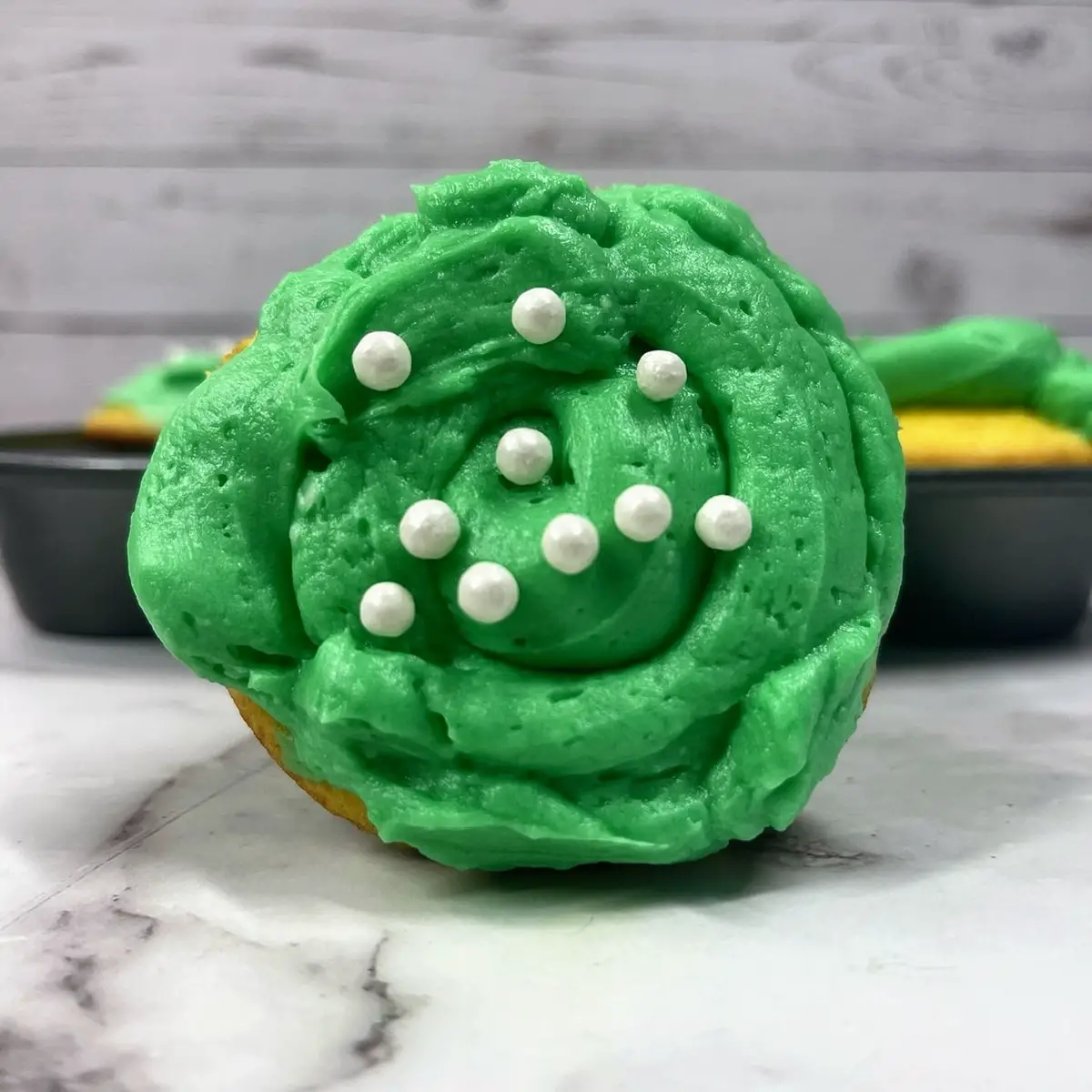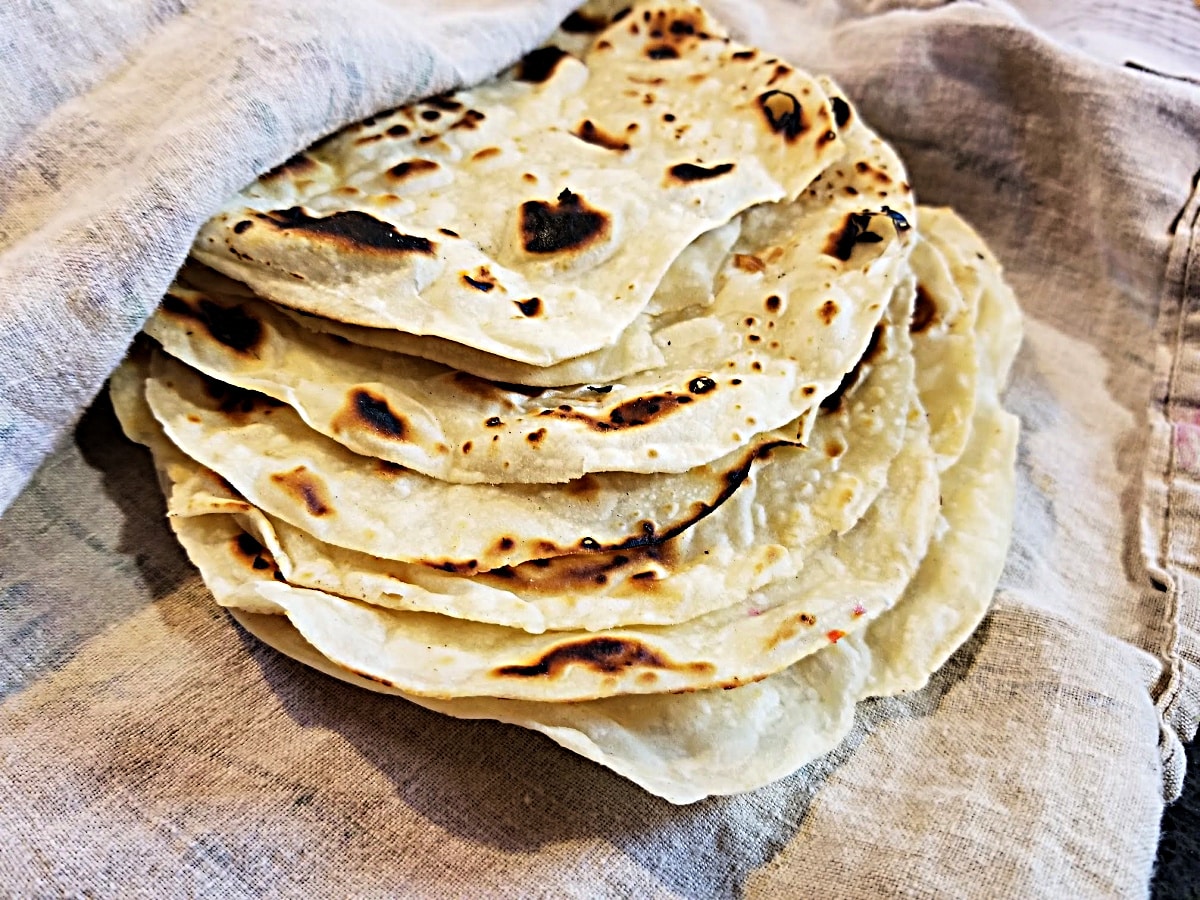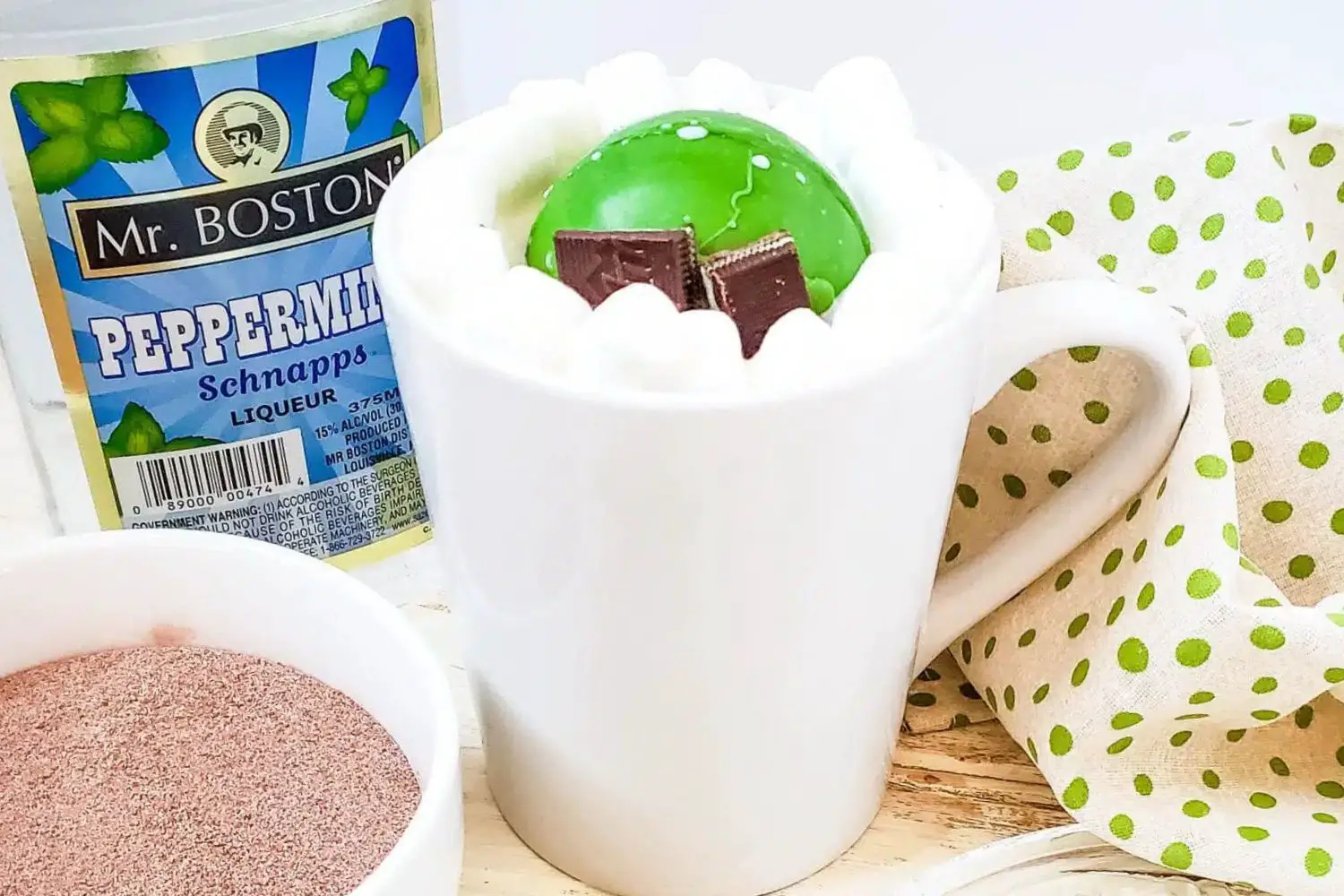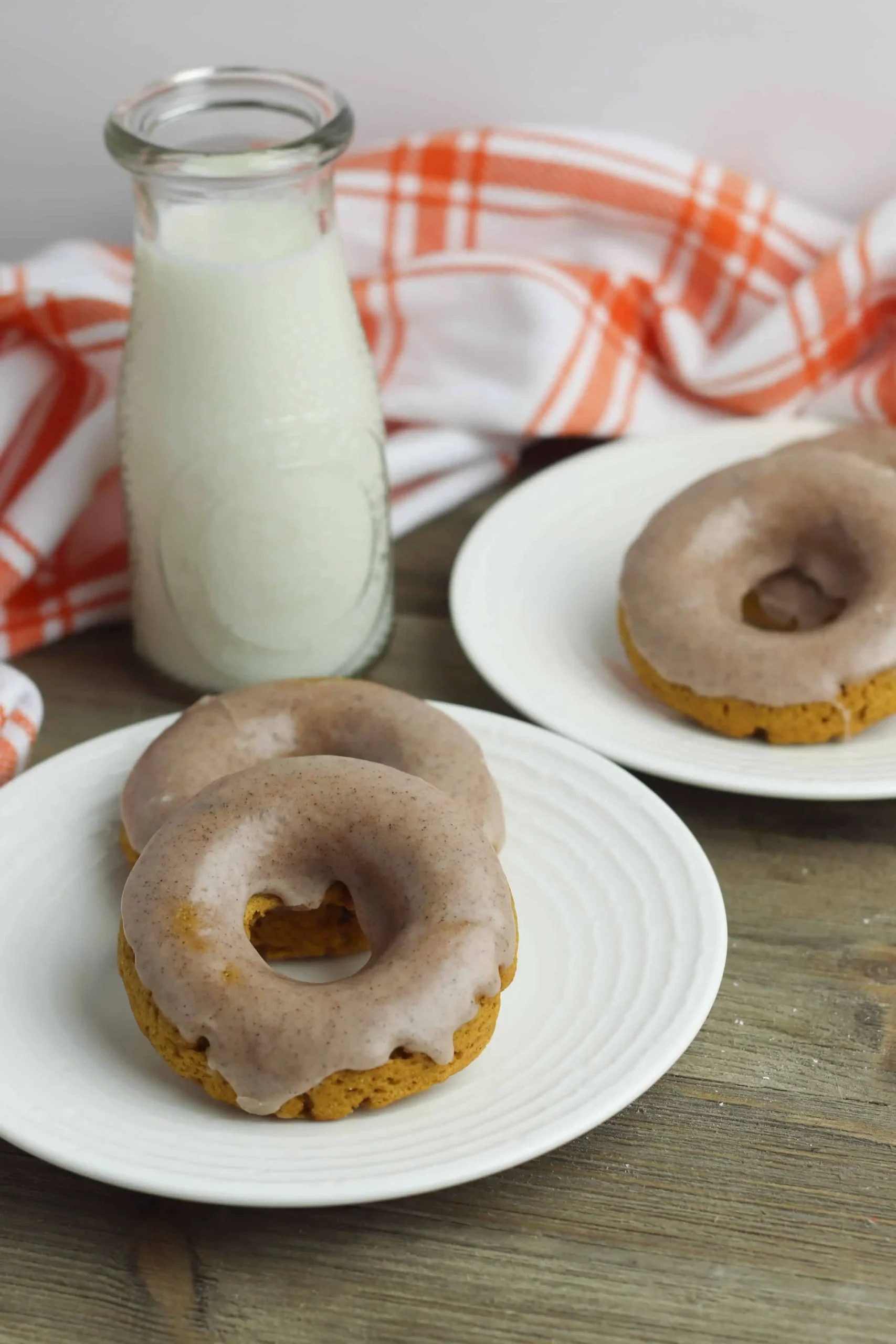Jimmy John’s Oil and Vinegar Sauce Recipe
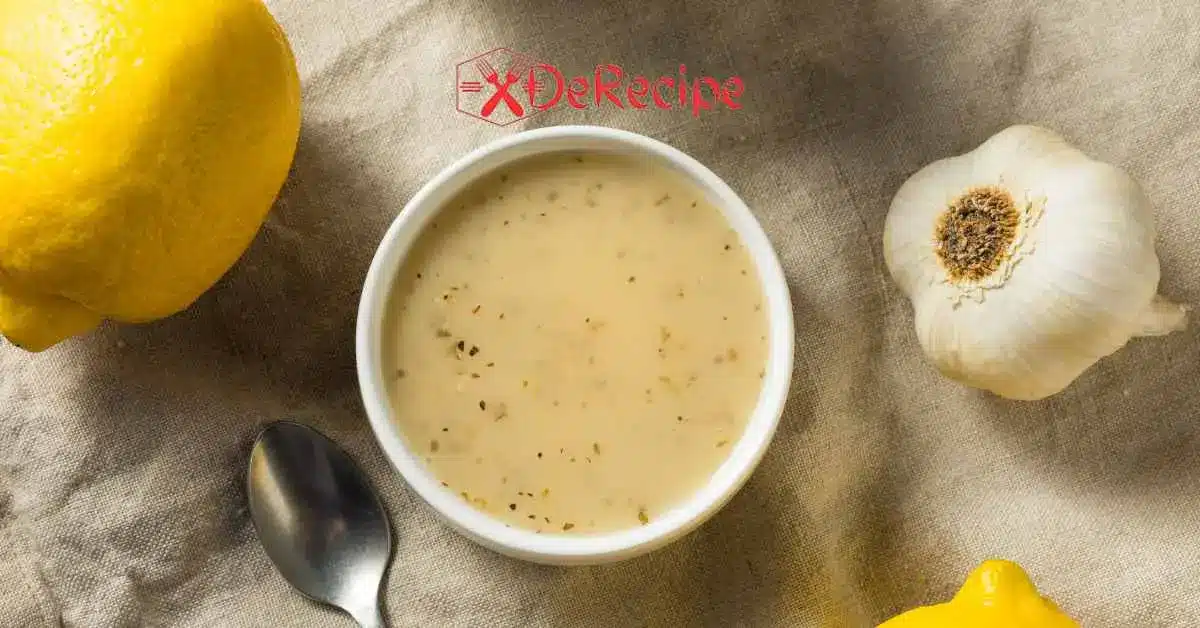
The art of making the perfect Jimmy John’s Oil and Vinegar Sauce Recipe is a skill that can turn a simple dish into a symphony of flavors. Whether you’ve been cooking for a long time or are just starting out, finding the right balance between oil and acid is the key to making a salad that isn’t just good but great. One recipe that shows how this magic works in the kitchen is “Jimmy John’s Oil and Vinegar Sauce.”
The three-to-one ratio of olive oil to acid in this recipe gives you a flexible base that you can change to your heart’s content. The simplicity of this recipe not only guarantees a tasty dressing, but also gives you the freedom to try new things and make it your own.
In this investigation, we’ll get into the details of the Jimmy John’s Oil and Vinegar Recipe and find out the little things that can make your salad a work of art.
Note: This post may contain affiliate links, which means if you buy from my link I might make a small commission. This does not affect the price you pay. See the full affiliate disclosure here.
Prep Time: 5 minutes | Cook Time: N/A (No cooking required) | Total Time: 5 minutes
Serving Size: This recipe makes about 8 servings.
Ingredients For Jimmy John’s Oil and Vinegar Recipe
- 4-5 tablespoons Olive oil
- 3 tablespoons White wine vinegar
- 1 tablespoon Lemon juice
- 1 tablespoon Mustard
- Pinch of black pepper
- Pinch of salt
Tools and Equipment:
- Mixing Bowl
- Spoon or Whisk
- Measuring Spoons
- Serving Plates
Instructions For Jimmy John’s Oil and Vinegar Recipe
Step 1: Assemble the Base
Get a mixing bowl to combine the dressing ingredients. Pour about 4-5 tablespoons of olive oil into the bowl.

Step 2: Add the Vinegar
Add 3 tablespoons of white wine vinegar to the bowl.

Step 3: Blend and Mix
Use a spoon or whisk to thoroughly mix the olive oil and vinegar.

Step 4: Enhance the Flavor
Add 1 tablespoon of lemon juice to bring a bright citrus flavor. Sprinkle in a pinch of black pepper and salt for seasoning.

Step 5: Emulsify with Mustard
Put in 1 tablespoon of mustard. Mustard helps combine the oil and vinegar for creaminess. Stir the mixture well to spread the mustard evenly.

6: Plate and Serve
Transfer the dressed leaves to serving plates.

Here is the video link:
Per Serving Nutrition
- Calories: 90 calories
- Total Fat: 10g
- Saturated Fat: 1.5g
- Cholesterol: 0mg
- Sodium: 60mg
- Total Carbohydrates: 1g
- Dietary Fiber: 0g
- Sugars: 0g
- Protein: 0g
Tips and Tricks
- Quality Ingredients: Since this recipe is simple, the quality of your ingredients matters. Choose a good quality extra-virgin olive oil, flavorful white wine vinegar, and fresh lemon juice for the best results.
- Emulsification: Adding mustard helps emulsify the oil and vinegar, creating a creamy texture. To achieve a better emulsion, make sure your mustard and other ingredients are at room temperature before mixing.
- Balance: Taste as you go and adjust the quantities to find the perfect balance of oil, acid, and seasonings. Some might prefer a slightly tangier dressing, while others might want it milder.
- Whisking Techniques: To achieve a smooth and creamy dressing, use a whisk to blend the ingredients. You can also use a jar with a tight-fitting lid and shake vigorously to emulsify the dressing.
- Variations: Experiment with different types of vinegar (balsamic, apple cider) or citrus juices (orange, lime) to create unique flavor profiles. You can also add minced garlic, honey, herbs, or even grated cheese for added depth and complexity.
Serving Ideas
- Classic Green Salad: Drizzle the dressing over a mix of fresh greens, tomatoes, cucumbers, and any other vegetables you like. Toss gently to coat.
- Caprese Salad: Combine sliced tomatoes, fresh mozzarella, and basil leaves. Drizzle the dressing over the top for a simple yet flavorful dish.
- Grain or Pasta Salads: Use this dressing as a base for quinoa, couscous, or pasta salads. It adds a burst of flavor to these hearty dishes.
- Roasted Vegetable Salad: Toss roasted vegetables like bell peppers, zucchini, and red onions with this dressing for a warm and comforting salad.
- Sandwiches: Using this dressing as a spread on sandwiches. It adds a tangy and zesty kick.
- Marinades: You can also use this dressing to marinate meats or vegetables before grilling or roasting them. It imparts wonderful flavor and helps tenderize the ingredients.
Storing Tips
- Refrigeration: Store any leftover dressing in an airtight container in the refrigerator. Due to the fresh ingredients, the dressing is best when used within a week.
- Separation: Natural separation may occur over time. Simply give the container a good shake before using to re-emulsify the dressing.
- Olive Oil Solidification: Olive oil may solidify in the refrigerator, causing the dressing to thicken. Allow the dressing to come to room temperature and then shake well to restore its texture before using.
- Variation Adaptation: If you create a larger batch with additional ingredients (like minced garlic or herbs), the dressing might have a shorter shelf life due to the fresh components. Use your discretion and consider making smaller batches for immediate use.
In the world of cooking, the Oil and Vinegar Sauce recipe from Jimmy John’s is a great example of how simple can be beautiful. With just a few simple ingredients, like good olive oil, a tangy acid like lemon juice, vinegar, a pinch of salt and pepper, you can make a lot of different flavors.
So, now that you know the basis of this Jimmy John’s Oil and Vinegar Sauce Recipe, feel free to experiment, create, and eventually make your own signature dressing, giving each leaf life and adding to your cooking skills.
FAQs
Can I use a different type of vinegar?
Absolutely! While the recipe calls for white wine vinegar, you can experiment with different types of vinegar such as balsamic, apple cider, or red wine vinegar to create unique flavors.
What type of mustard is best for this recipe?
Dijon mustard is commonly used in salad dressings for its smooth texture and subtle flavor. However, you can use other types of mustard based on your preference.
Can I adjust the oil-to-acid ratio?
Yes, the ratio of 3 parts oil to 1 part acid is a starting point. You can adjust it to your taste. A little more acid can make the dressing tangier, while more oil can mellow it out.
How do I store leftover dressing?
Store the leftover dressing in an airtight container in the refrigerator. Before using it again, give it a good shake or stir as the ingredients may separate.
Can I add herbs and other seasonings?
Absolutely! Fresh herbs like basil, thyme, or oregano can add a delightful aroma and flavor to your dressing. You can also experiment with garlic, shallots, honey, or even a touch of hot sauce for extra dimension.
How long does the dressing last?
Homemade dressings typically last for about a week in the refrigerator. However, freshness and flavors may start to diminish after a few days.
Can I make a larger batch of this Jimmy John’s Oil and Vinegar Sauce Recipe?
Yes, you can scale up the recipe by increasing the quantities of the ingredients proportionally. Just remember to maintain the oil-to-acid ratio.
If you have any questions or need further assistance, don’t hesitate to reach out. Happy cooking, and rock and roll in the kitchen! Stay Connected with celebrateandhavefun. Happy Cooking!

